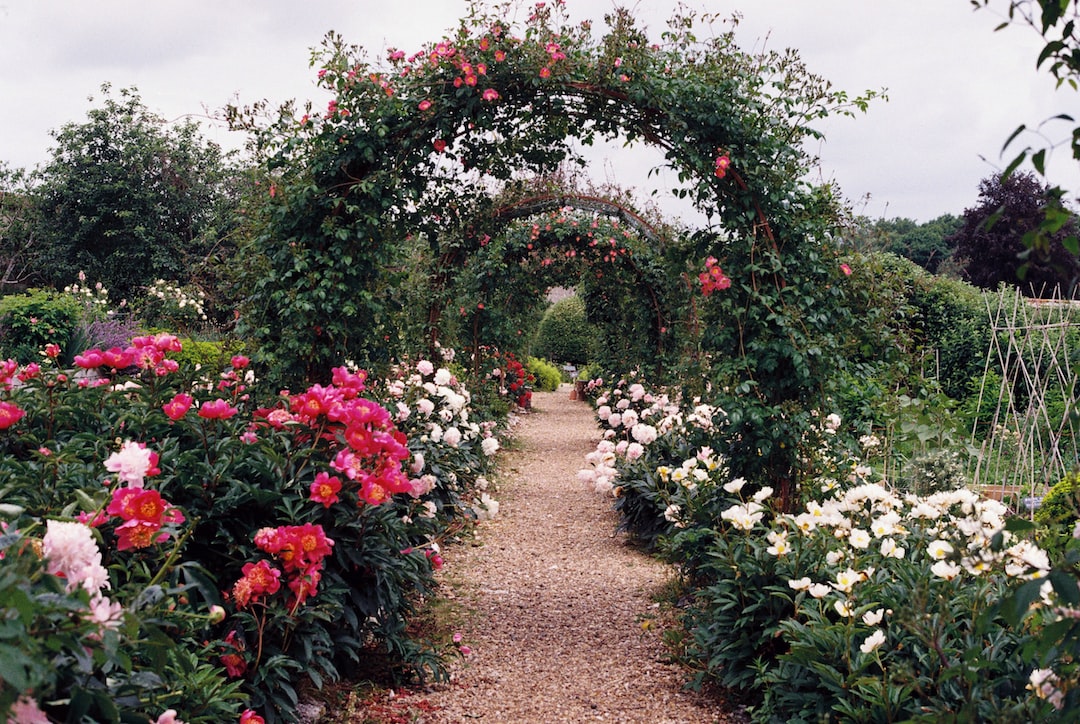Herbs have long been cherished for their culinary and medicinal properties. Whether you’re a food enthusiast or just want to explore the possibility of growing your own herbs, this ultimate guide is here to help. From choosing the right herbs to providing them with the perfect growing conditions, we’ve got you covered.
1. Selecting the Right Herbs
The first step in growing your own herbs is choosing the right ones. Consider your personal preferences, as well as the purpose of your herb garden. Do you want to focus on culinary herbs like basil, rosemary, and thyme? Or do you prefer medicinal herbs such as lavender, chamomile, and mint? Different herbs require different growing conditions, so it’s important to know what you want.
2. Choosing Location
Herbs thrive in sunlight, so choose a location in your garden or balcony that receives at least six hours of direct sunlight per day. If you live in an apartment or have limited outdoor space, don’t worry! Many herbs can be grown indoors as long as they receive adequate light.
3. Preparing the Soil
Herbs require well-drained soil to prevent root rot. Invest in good quality potting soil or create your own by combining equal parts of compost, sand, and peat moss. Additionally, herbs prefer a slightly acidic to neutral pH, so test your soil’s acidity level and adjust it accordingly.
4. Starting from Seeds or Seedlings
Decide whether you want to start your herb garden from seeds or seedlings. Seeds offer a wider variety of herbs to choose from, but they require more time and effort. Seedlings, on the other hand, provide a head start and are ideal for beginners. Choose healthy seedlings or purchase starter kit packs that include various herb seedlings.
5. Watering and Fertilizing
Herbs generally prefer moist but not waterlogged soil. Check the soil regularly and water when the top inch feels dry. Avoid overwatering, as it can lead to root rot. Regarding fertilization, herbs do not require heavy feeding. Use a balanced organic fertilizer once a month to provide the necessary nutrients.
6. Pruning and Harvesting
Pruning is essential for encouraging bushier and more productive herb plants. Regularly pinch back the tips of the plants to prevent them from becoming leggy. Additionally, harvesting herbs at the right time is crucial for flavor and potency. Harvest leaves just before the plant flowers, as this is when they contain the highest concentration of essential oils.
7. Storing and Preserving
Preserving herbs allows you to enjoy their flavors throughout the year. Drying is the most common method, but freezing, oil infusions, and herb butters are also great options. The method you choose depends on the herb and how you plan to use it.
8. Troubleshooting Common Issues
Like any other plant, herbs can face various issues, including pests, diseases, and nutrient deficiencies. Keep an eye out for common problems, such as aphids, fungal diseases, or yellowing leaves. Fortunately, most issues can be solved with proper care, including regular inspection, good hygiene practices, and natural pest control methods.
Growing your own herbs is a rewarding and sustainable way to add flavor and health benefits to your meals. With this ultimate guide, you have all the information you need to get started. So, grab your gardening tools and embark on the journey of growing your own herb garden. Happy gardening!

